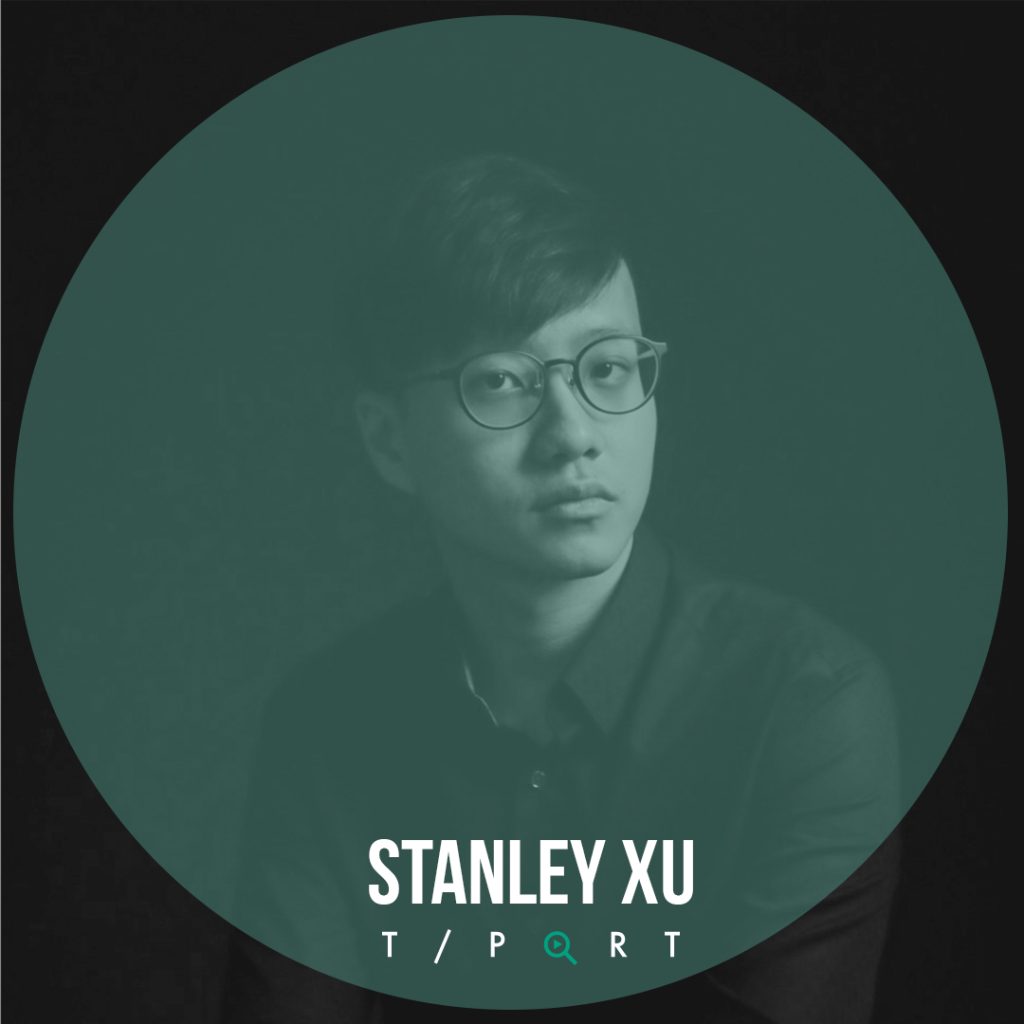Singaporean filmmaker Stanley Xu was inspired to make his short A DAY, THAT YEAR, while working through the impact of a chilling childhood memory. The film made it into the 2023 T-Port Lighthouse Selections, picked by curator Laurence Boyce. We caught up with the director to find out about his extensive casting process to find a child actor who could help him recreate and move on from the past.
Hi Stanley, would you please introduce yourself in a line or two?
I’m a Singaporean filmmaker currently based in Taiwan.
Singaporean filmmaker Stanley Xu was inspired to make his short A DAY, THAT YEAR, while working through the impact of a chilling childhood memory. The film made it into the 2023 T-Port Lighthouse Selections, picked by curator Laurence Boyce.
We caught up with the director to find out about his extensive casting process to find a child actor who could help him recreate and move on from the past.
What did it feel like to find out your film had made the T-Port Lighthouse Selections? How did you react?
Thrilled and excited! I didn’t expect my short to be selected, so it really came as a huge pleasant surprise for me.
What does making the selection mean to you and your journey as a filmmaker?
It is certainly a huge encouragement for me, knowing that a personal short film which I’ve made with minimal budget could still connect and resonate with audiences overseas.
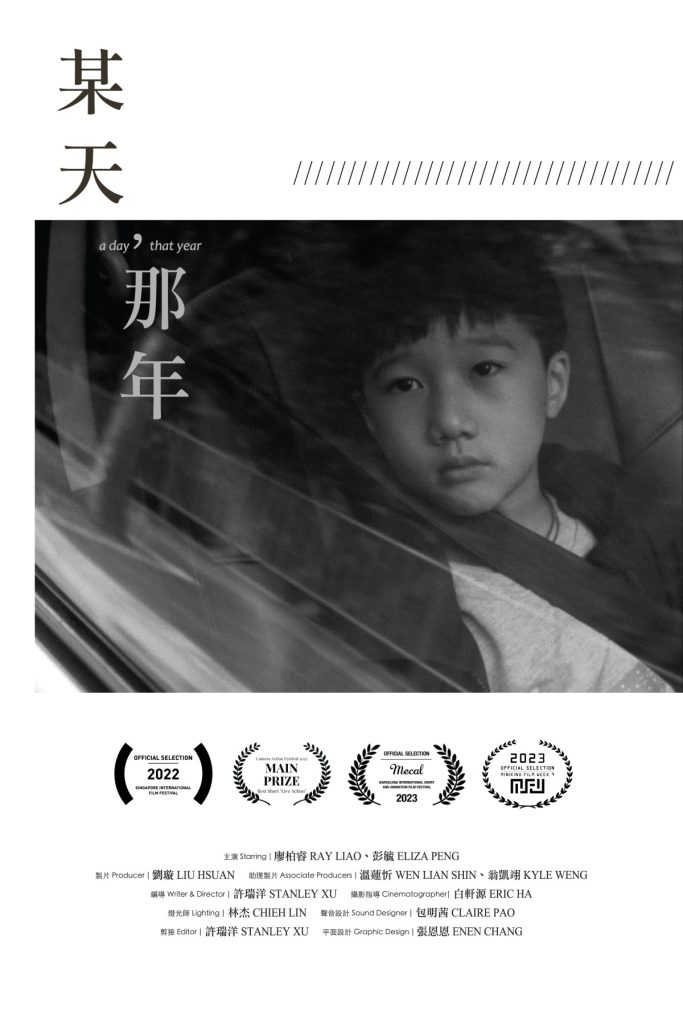
What was the inspiration behind your film?
This film was partially inspired by a childhood memory, when my mother threatened to leave me on the streets as a form of punishment for my misbehaviour. I decided to make this film further understand how my childhood had helped shaped the person who I am today, as well as an attempt to reconcile with my 5-year-old self.
How was the filmmaking process for you? Can you tell us about how you went about the production process?
We had spent most of the time during pre-production, especially during the casting process where we hand-picked 4 candidates out of a total of 250+ elementary school boys for a 1-month screen performance class, and from there eventually narrowed down to our final choice.
We spent a total of 2.5 shooting days for the shoot. My DP and I had discussed and planned the shot list extensively, shooting only what was needed rather than shooting for coverage, as we wanted to keep the freshness and authenticity of our child actor’s performance during the shoot.
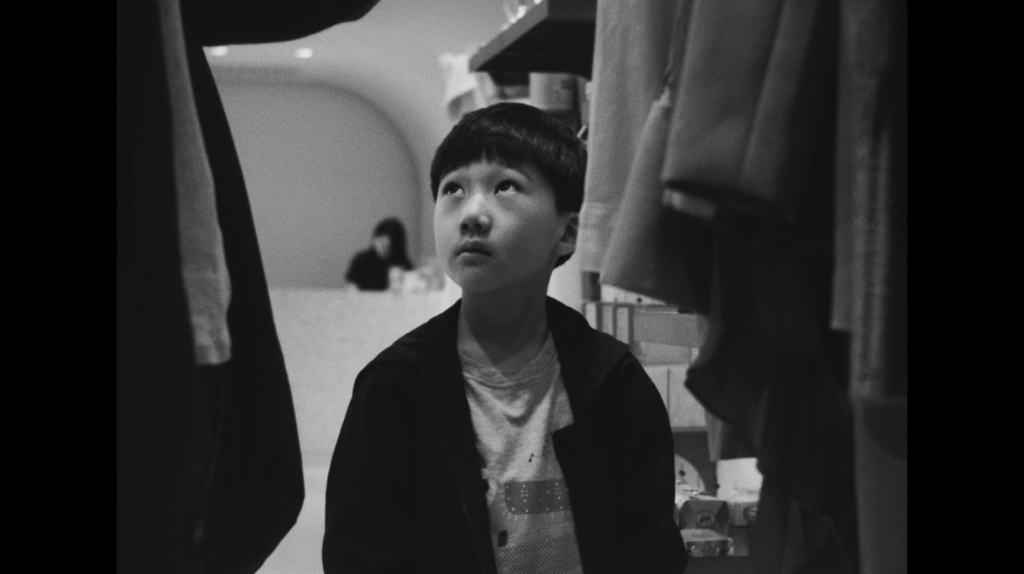
Having been through the process of making your short – what do you wish you had known in advance?
Nothing, because sometimes not knowing is better than knowing. I enjoy being in the state of not knowing, so that there’s space and room for surprises to happen during the process.
What were the biggest challenges you encountered during making your film? What did you learn from them?
The casting process during pre-production was the biggest challenge we encountered. Right from the beginning, I knew clearly that I didn’t want a professional child actor for the role, as I wanted the performance to be as natural, authentic and spontaneous as possible. We spent months visiting numerous schools and had mass auditions before deciding on our main actor, who would then have to go through a 1-month basic acting course prior to the production.
One thing I learnt from this was the time and collaborative efforts spent on forming a small team that’s built on the foundation of trust, especially the child actor, and that could translate into something worthwhile and special on screen.
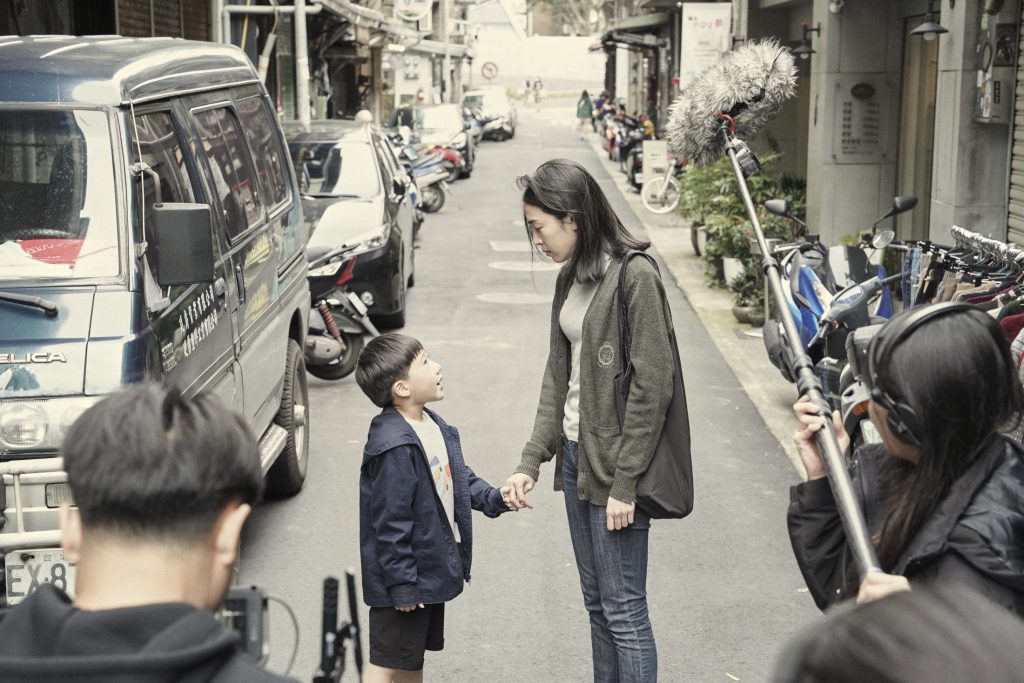
How was it to collaborate with your cast and crew? Have you formed any particular meaningful connections?
Yes we did, and coincidentally, a lot of the production members could really relate to the story due to their similar childhood experiences too. There was also this touching moment on set where both me and Ray (child actor) actually hugged each other after filming that crying scene on the last day, and all of the crew members were surrounding us in tears. The making of this film and seeing it finally coming to fruition on the big screen was a really special journey and moment for all of us.
Ray and I still keep in contact from time to time even to this day, and I’m so glad the experience of this production had left meaningful memories for all the crew and the casts involved.
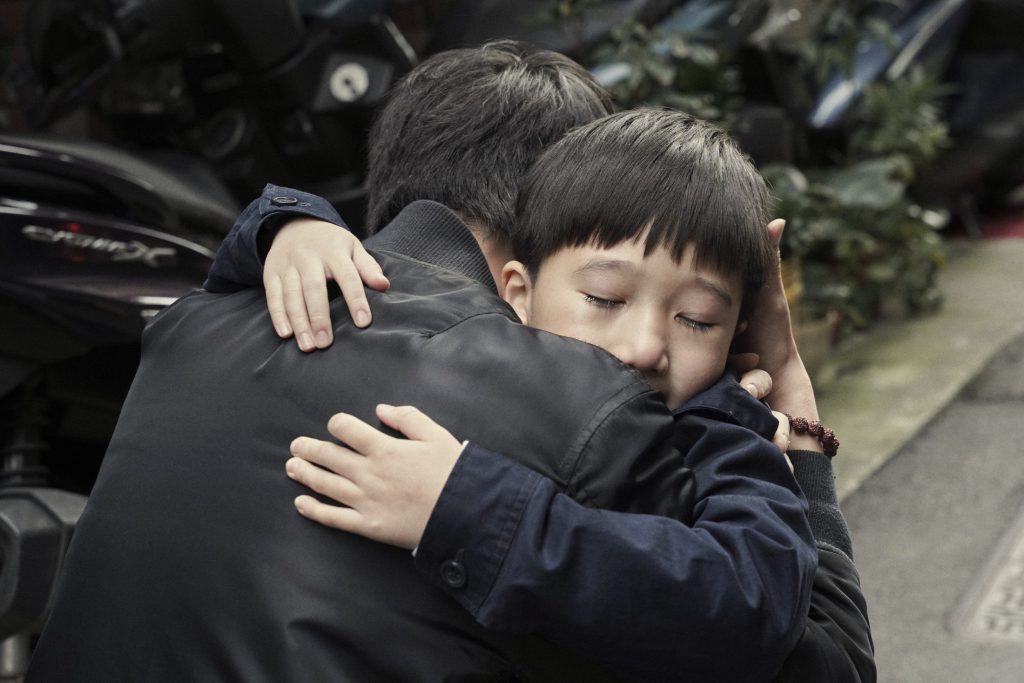
Tell us about the visual choices in your film. What were your main goals and techniques in creating the visual style of your film?
This story is about the small yet profound moment of change from the perspective of a child. Hence, right from the beginning, I knew that I wanted the frame to be mainly focused on Yang, our protagonist as this is his story about what happened to him.
My DP and I eventually decided on the 4:3 aspect ratio as we find it to be a very fitting frame for capturing the portrait of the boy’s experience. We decided to leave the Mother out of the frame, so as to create the tension and distance between their relationship visually on screen.
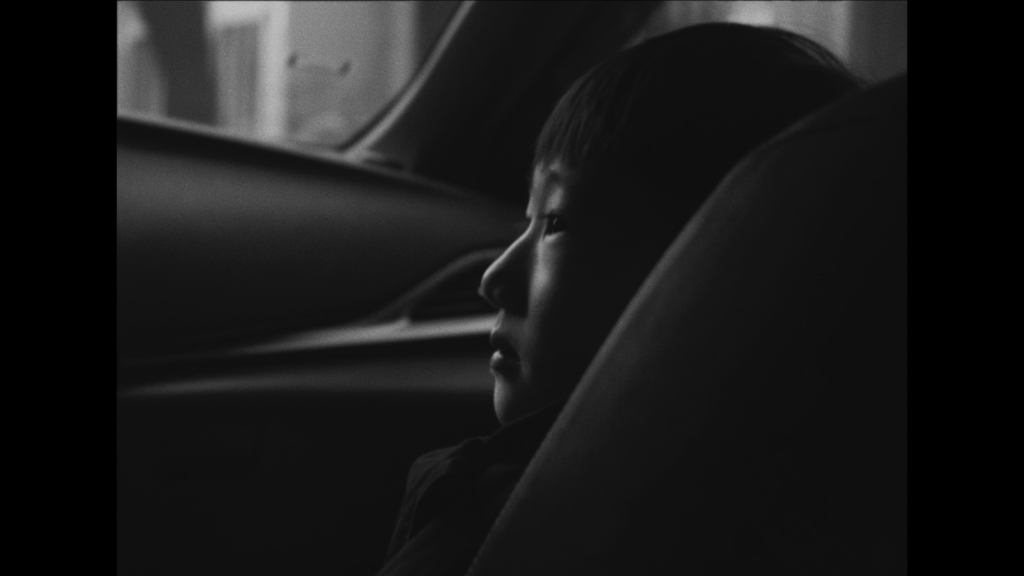
Tell us about the sound choices in your film – what type of score did you use and why? What other types of sounds did you use (if any)?
We choose to not have any score as we wanted it to be purely in the moment, similar to the flashes of memories we have when we recollect our past.
What would you like people to take away from your film?
I hope the film will be able to serve as a mirror for us to reflect upon our relationship with our past selves, through the recollection of those minute events that happened during our childhood.
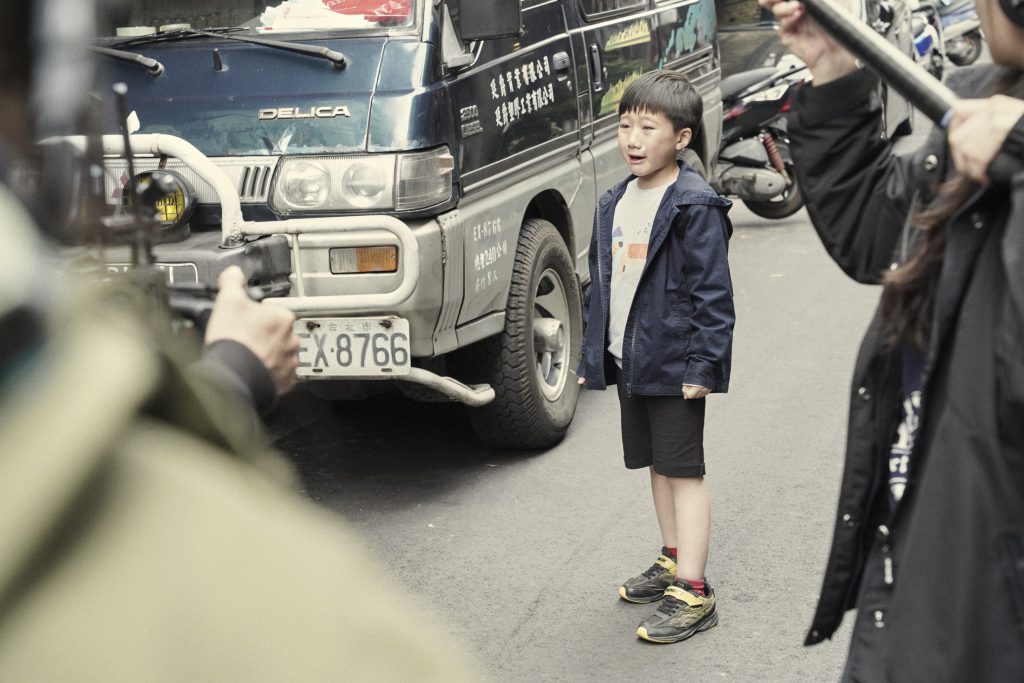
What’s next?
I am currently working on my graduation short film for my MFA degree in Film Directing
If you are a film industry professional and would like access to the catalogue and more, find out here how to sign up.
Filmmaker? Upload your short film to T-Port or sign up for our newsletter to get regular updates on the current trends and exciting innovations in the short film universe.

